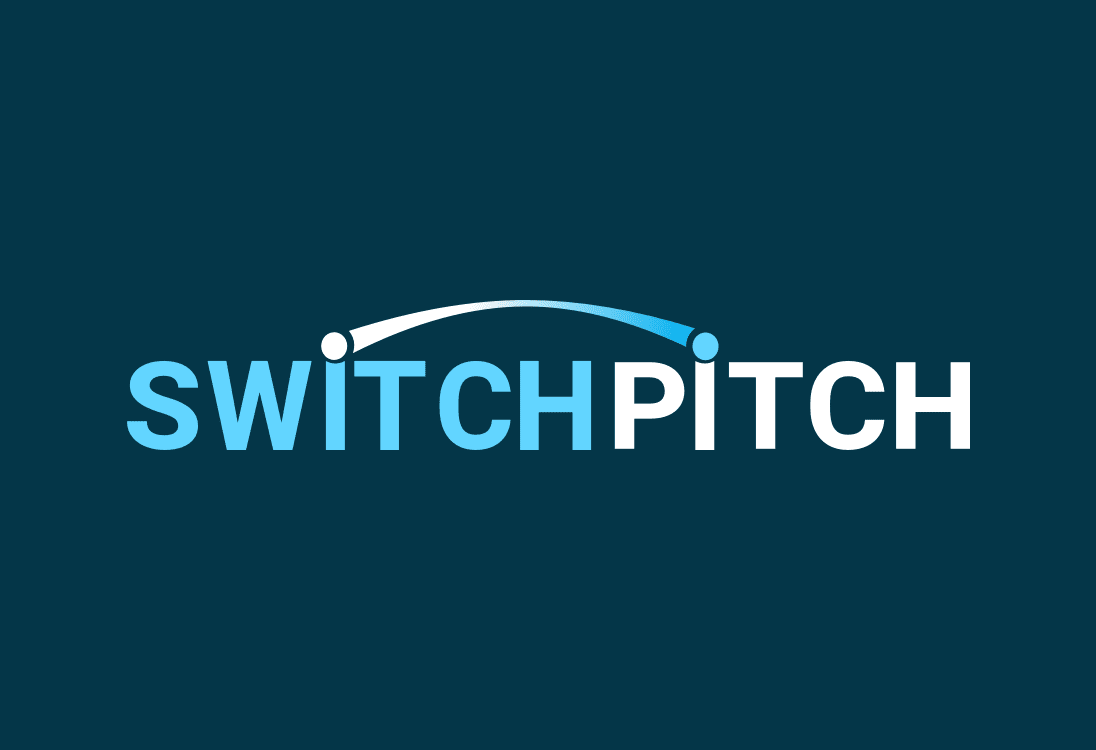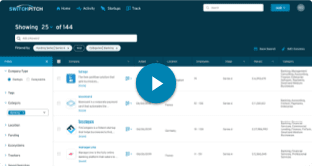
Technology readiness levels (TRLs) are a method for estimating and communicating the maturity of technologies during the acquisition phase of a program. Developed by NASA during the 1970s, the acronym is now used widely across different types of technologies. A Technology Readiness Assessment (TRA) evaluates program concepts, technology requirements, and demonstrated technology capabilities and determines the TRL on a scale of 1 to 9, where 9 is the most mature technology.
The original NASA TRL definitions are as follows:
- Level 1 – Basic Principles Observed and Reported
- Level 2 – Potential Application Validated
- Level 3 – Proof-of-Concept Demonstrated, Analytically and/or Experimentally
- Level 4 – Component and/or Breadboard Laboratory Validated
- Level 5 – Component and/or Breadboard Validated in Simulated or Real Space Environment
- Level 6 – System Adequacy Validated in Simulated Environment
- Level 7 – System Adequacy Validated in Space
Largely used today by the United States Department of Defense (DoD) and the European Space Agency (ESA), it’s time to bring TRL to an everyday use: Innovation Readiness Levels (IRL) — a convenient homograph for the acronym for “In Real Life.”
SwitchPitch wants your help!
SwitchPitch is working on developing the stages most useful to corporate innovation teams. If you evaluate startups by stages, we’d appreciate if you could complete our submission form here. You’ll get a summary of other corporate responses if you complete the form – a bonus!


